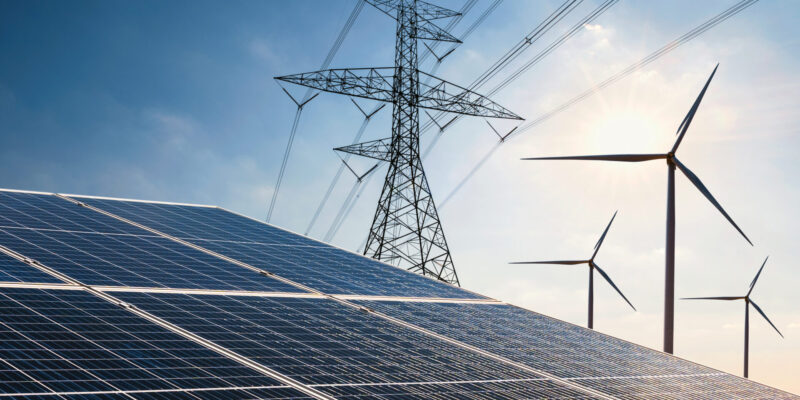Solar panels are renowned for their ability to harness sunlight and convert it into electricity during the day, but what happens when the sun sets, and the world is shrouded in darkness? Contrary to common misconception, solar panels do not generate electricity at night because they rely on sunlight to initiate the photovoltaic process.
At night, solar panels essentially enter a state of dormancy. Without sunlight, there is no source of energy to excite the electrons within the photovoltaic cells. As a result, the flow of electric current halts, and the generation of electricity comes to a standstill. This characteristic poses a challenge for solar power systems aiming to provide a continuous and reliable energy supply.
To address the issue of nighttime energy production, solar installations often incorporate energy storage solutions, such as batteries. During daylight hours, when solar panels are actively generating electricity, surplus energy is stored in these batteries. Once the sun sets and the panels cease operation, the stored energy can be tapped into to power homes or businesses.
This integration of energy storage systems helps bridge the gap between solar panel production and the consistent demand for electricity, offering a more stable and continuous power supply. Advances in battery technology, such as lithium-ion batteries, have significantly improved the efficiency and capacity of energy storage solutions, making them integral components of solar power systems.
Additionally, some solar installations may remain connected to the traditional electricity grid. This grid connection allows excess energy generated during the day to be fed back into the grid, effectively running the electric meter backward and earning credits. During the night or when solar production is insufficient, electricity can be drawn from the grid to meet the energy needs of the household or facility.
In conclusion, solar panels do not generate electricity at night due to the absence of sunlight. However, energy storage solutions, coupled with grid connections, play a crucial role in ensuring a continuous and reliable power supply. As technology continues to evolve, innovations in energy storage and grid integration will likely contribute to maximizing the efficiency and effectiveness of solar power systems, making them increasingly viable for a 24/7 energy landscape.

